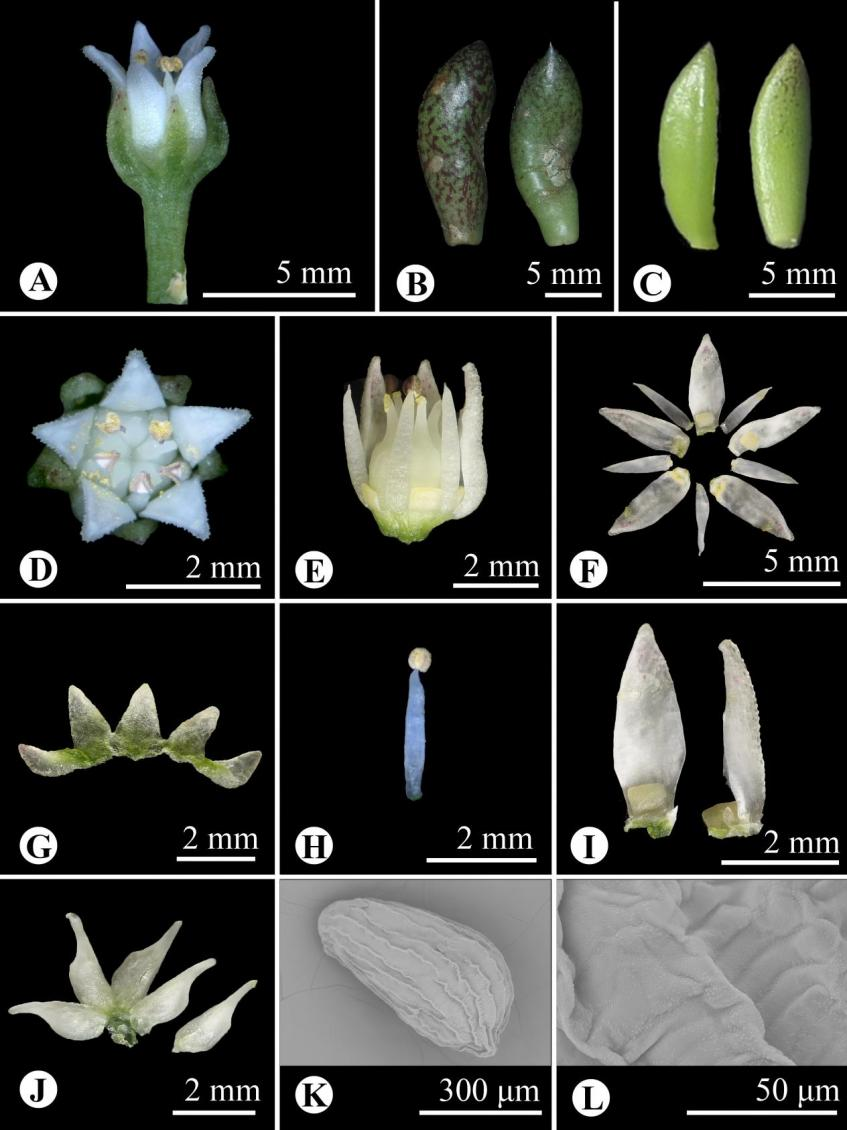
Scientists from the Wuhan Botanical Garden (WBG) of the Chinese Academy of Sciences (CAS) have identified a new member of the Crassulaceae family, Sinocrassula cuonaensis, in Cuona County, Tibet Autonomous Region, China. Their findings were recently published in the journal PhytoKeys.
The discovery began during a field survey in August 2023, when the research team noticed a special Sinocrassula, distinguished by its fleshy, nearly cylindrical basal leaves. A follow-up expedition in October 2024 confirmed another population of the plant. The team collected comprehensive specimens for identification and cultivated living samples in WBG's greenhouses for ongoing observation.
To validate the discovery, the researchers conducted morphological analysis and molecular phylogenetic studies. They also reviewed relevant literature, examined existing specimens, and performed detailed morphological comparisons. These efforts confirmed the plant as a species new to science.
The new species, named Sinocrassula cuonaensis, derives its epithet "cuonaensis" from its discovery site in Cuona County. While it bears similarities to three related species: S. indica var. viridiflava, S. densirosulata, and S. jiaozishanensis. It can be distinguished by three key features: its rosette-shaped, thick, nearly cylindrical basal leaves; greenish-white flowers; and sub-rectangular nectar scales.
The identification of Sinocrassula cuonaensis not only updates the floristic records of the Tibet Autonomous Region but also provides materials for studies on the biogeography of the Sinocrassula genus, the researchers noted.
This work was funded by the National Natural Science Foundation of China, and the Sino-Africa Joint Research Center of CAS, among other sources.

Sinocrassula cuonaensis (Image by WBG)

86-10-68597521 (day)
86-10-68597289 (night)

52 Sanlihe Rd., Xicheng District,
Beijing, China (100864)

